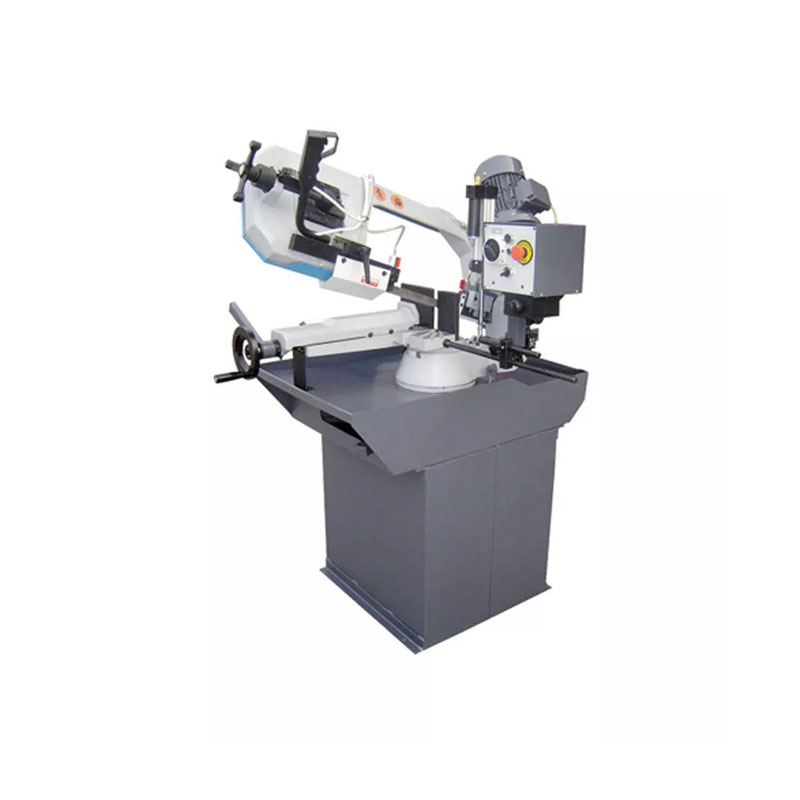- Home
-
Machines
- Horizontal Lathe
- CNC Flat Bed Lathe
- CNC Slant Bed Lathe
- Vertical Lathe
- Pipe Threading Lathe
- See All Lathe
- Vertical Machining Center
- Milling and Boring Machine
- Conventional Milling Machine
- Drilling and Milling Machine
- See All Milling Machine
- Magnetic Drilling Machine
- Belt-driven Drilling Machine
- Gear-driven Drilling Machine
- Radial Drilling Machine
- See All Drilling Machine
- Belt Disc Grinder
- Bench Grinder
- Tool Grinder
- Surface Grinding Machine
- Cylindrical Grinding Machine
- See All Grinding Machine
-
Accessories
- Tool Holder
- Drill Chuck
- Lathe Center
- Lathe Chuck
- Lathe Toolpost Grinder
- Quick Change Tool Post
- Clamping Kit
- Parallel Tool
- Power Feed
- Dividing Head
- Rotary Table
- Work Table
- Machine Vise
- Slotting Head
- Machine Mount
- Magnetic Tool
- Work Lamp
- Digital Readout
- Coolant and Lubrication
- See All Machine Accessory
- Resources
- Our Company
- Contact Us
- Current location:
- Home
- Resources
- Company News
- The Ultimate Guide to Sawing Machines for Metalworking
The Ultimate Guide to Sawing Machines for Metalworking
The metalworking industry relies heavily on precision and efficiency, and one of the essential tools in any metalworking shop is the sawing machine. Whether you are cutting through steel, aluminum, or any other metallic material, having the right sawing machine can make a significant difference in your workflow. This guide explores the various types of sawing machines available, key features to consider, and tips to maintain your equipment for longevity and optimal performance.
Introduction to Different Types of Sawing Machines
Key Features to Look for in a Metal Sawing Machine
Advantages of Using Band Saws for Metal Cutting
How to Choose the Right Blade for Your Metal Sawing Machine
Maintenance Tips for Prolonging the Life of Your Sawing Machine
Introduction to Different Types of Sawing Machines
Sawing machines come in various forms, each designed for specific applications and cutting needs. The most common types include band saw, circular saws, and hack saws. Band saws are particularly favored in the metalworking industry due to their versatility and ability to make precise cuts. They utilize a continuous loop blade that is ideal for cutting through thick materials. Circular saws feature a rotating blade and are excellent for making straight, fast cuts but can be limited in their thickness capabilities. Hack saws, on the other hand, are often used for smaller, more precise cuts and are typically manual, though powered versions exist. Understanding these types will help you select the best machine for your specific metalworking tasks.
Key Features to Look for in a Metal Sawing Machine
When selecting a metal sawing machine, there are several key features to consider to ensure you get the best performance and value. Firstly, the cutting capacity is crucial; this refers to the maximum size of the material the machine can handle. Secondly, the speed of the blade and the machine's power should match the type of metals you frequently work with. Variable speed controls are beneficial as they allow you to adjust the cutting speed based on the material's hardness. Additionally, look for a machine with a robust frame and construction, which ensures durability and stability during operation. Other notable features include ease of blade changes, coolant systems to reduce heat and friction, and safety features such as blade guards and emergency stop buttons.

Advantages of Using Band Saws for Metal Cutting
Band saws are a popular choice for metal cutting due to their several advantages. One of the main benefits is their ability to make precise and clean cuts with minimal waste, which is essential for maintaining material integrity and reducing costs. Band saws can cut through various metals, from soft aluminum to hard steel, making them highly versatile. They also offer greater flexibility in terms of cutting shapes and sizes, allowing for intricate cuts that other saws may struggle with. Furthermore, the continuous blade motion reduces stress on the material being cut, resulting in smoother edges and less need for additional finishing processes. Band saws also tend to have a longer blade life compared to other types of saws, especially when used with the correct blade type and maintenance practices.
How to Choose the Right Blade for Your Metal Sawing Machine
Selecting the right blade for your metal sawing machine is critical for achieving optimal cutting performance and extending the lifespan of both the blade and the machine. The first consideration is the tooth configuration of the blade, which affects the quality and speed of the cut. For instance, blades with finer teeth are suitable for thin materials, while coarser teeth are better for thicker metals. The material of the blade itself is also important; high-speed steel (HSS) blades are durable and can handle high temperatures, while carbide-tipped blades offer superior cutting precision and longevity. Another factor is the blade width; wider blades provide more stability and are ideal for straight cuts, whereas narrower blades are better suited for contour cutting. Always consult the manufacturer's recommendations and match the blade specifications to the type of metal and the machine's capabilities.
Maintenance Tips for Prolonging the Life of Your Sawing Machine
Proper maintenance is essential for keeping your sawing machine in top condition and ensuring its longevity. Regularly inspect the machine for signs of wear and tear, paying particular attention to the blade and the drive mechanism. It is crucial to keep the machine clean and free of metal shavings and debris, which can cause damage over time. Lubricate moving parts as per the manufacturer's instructions to reduce friction and prevent overheating. Additionally, check the alignment of the blade and make necessary adjustments to ensure precise cuts. Employing a coolant system can also help maintain optimal operating temperatures and extend blade life. Finally, follow a routine service schedule and address any issues promptly to avoid costly repairs and downtime.
By understanding the different types of sawing machines, recognizing the key features to look for, and implementing proper maintenance practices, you can significantly enhance your metalworking operations. Investing in a high-quality metal sawing machine like the Band Saw BS-280G from SENMO CN can provide you with the precision, efficiency, and durability needed to tackle your metal cutting tasks with confidence.
Here We Are
Qingzhou Shengmao Machinery Co., Ltd.
South Hedong Village,
Yidu Subdistrict, Qingzhou City, Shandong Province, China 262500
© 2024 Qingzhou Shengmao Machinery Co., Ltd. All rights reserved





